neoplasia in cats pancreas
Exocrine tumors of the pancreas are tumors that arise from the glandular tissue. Pancreatitis In Cats Causes Symptoms Treatment And Prevention Daily Paws Pancreatic Cancer In Cats Signs Symptoms Canna Pet Feline Acute Pancreatitis Current Concepts In Diagnosis And Therapy Today S Veterinary Practice.

Multiple Recurrent Pancreatic Cysts With Associated Pancreatic Inflammation And Atrophy In A Cat Semantic Scholar
Most cats with adenocarcinomas had anorexia 75 and vomiting 63 while 38 had abdominal pain a palpable abdominal mass andor jaundice.
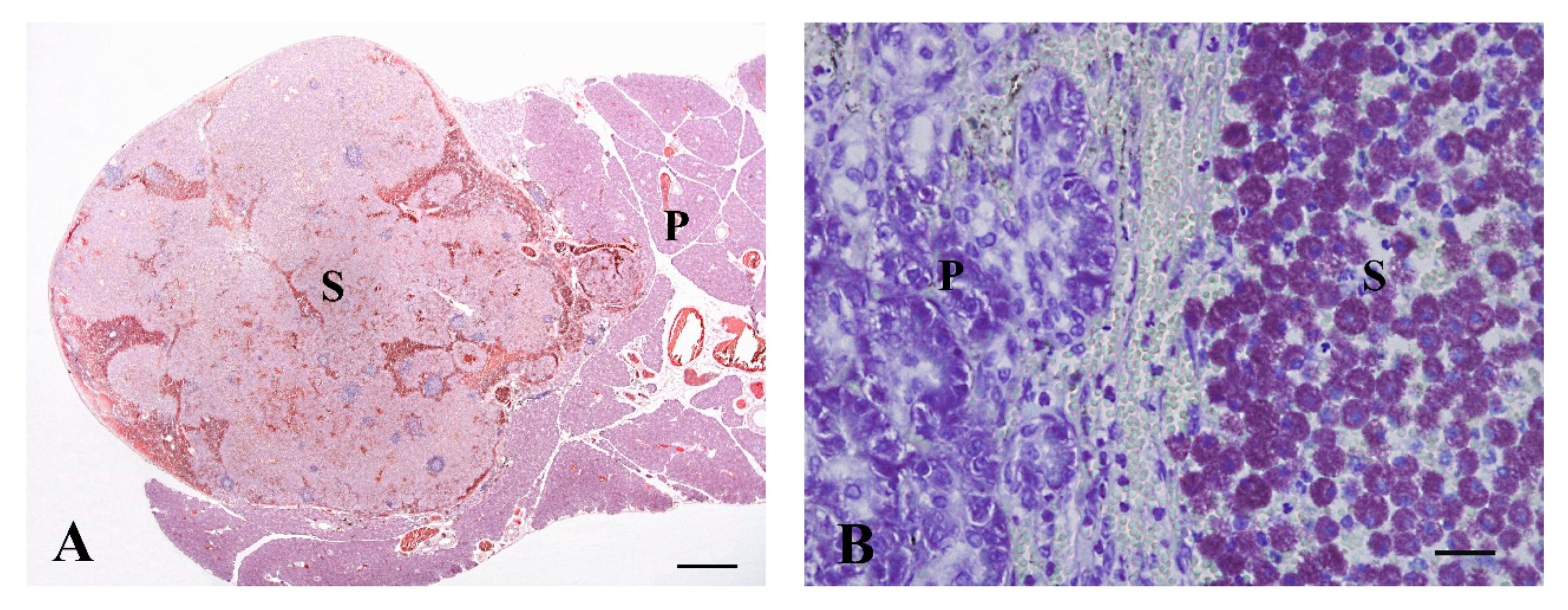
. 75 of pancreatic carcinomas in humans are located in the head of the pancreas with invasion of the duodenum stomach and bile duct common. 10 These neoplasms are subtyped by the primary. Similar to other neoplasms adenocarcinoma of the pancreas usually affects older cats more than eight years.
Neoplasia of exocrine or endocrine pancreas is rare. The clinical signs for exocrine pancreatic neoplasia. Exocrine pancreatic neoplasia is rare in dogs and cats and most are secondary tumors.
Gastrointestinal GI neoplasia cancer occurs infrequently in cats as compared to neoplasia involving other systems. The signs in cats with pancreatic tumors are very general and many animals show no signs until late in the disease. Until now only benign cystic pancreatic lesions are described in the literature.
Pancreatic neoplasms in the cat mostly exhibit a solid growth pattern and are diagnosed as carcinomas. Inflammation of this organ known as pancreatitis can be very serious or even. There are no specific tumor related symptoms.
As concurrent abnormalities of liver spleen and The most common radiographic features of pancreatic intestinal tract were a common finding in cats of both neoplasia in this study were an abdominal mass or mass groups it was impossible to attribute lymphadenomegaly effect and decreased serosal margin detail suggesting ab- to abnormalities of the pancreas only. Pancreatic Neoplasms in Dogs and Cats Pathogenesis. Fourteen cats age 3-18 years were diagnosed with malignant pancreatic tumors.
Exocrine pancreatic neoplasia in the cat. Very rare in cats and rare in dogs accounting for 005 of all cancers. Pancreatitis is an inflammation of the.
It can occur in any breed or gender of cat. In-depth Information on Gastrointestinal Neoplasia in Cats. Symptoms of neoplasia in cats include 4.
Disease - overview - rare. The purpose of this study was to describe radiographic and ultrasonographic findings. Pancreatic Exocrine Neoplasia Pancreatic Cancer in Cats Overview of Feline Pancreatic Neoplasia.
Islet-cell neoplasms rare in cats Insulinoma. The purpose of this study was to describe radiographic and ultrasonographic findings in cats with pancreatic neoplasia or nodular hyperplasia. Squamous cell carcinoma - white hair on face common sites pinna nasal planum.
The presentation of dogs and cats with exocrine pancreatic neoplasia is nonspecific and many cases. Pancreatic neoplasms in the cat mostly exhibit a solid growth pattern and are diagnosed as carcinomas. Abnormal swellings that persist or continue to grow Sores that do not heal Weight loss Loss of appetite Bleeding or discharge from any bodily opening Offensive odor Difficulty eating or swallowing Hesitation.
In most cases the tumor metastasizes before diagnosis. Laboratory tests ultrasonography exploratory laparotomy. Until now only benign cystic pancreatic lesions are.
Pancreatic adenomas are benign tumors. Though the pancreas weighs only about six to eight ounces it serves two very different functions vital to maintaining health. Other pancreatic disorders include adenocarcinoma which is the most common neoplastic condition of the exocrine pancreas in cats.
Pancreatic neoplasms in the cat mostly exhibit a solid growth pattern and are diagnosed as carcinomas. Fibrosarcoma - vaccination has been considered as risk factor Feline injection-site associated sarcoma. Over two-thirds of GI neoplasms in cats are malignant they are aggressive and often spread locally or to other areas.
75 of feline pancreatic carcinomas are diffuse. According to the histological. Benign neoplasms of the exocrine pancreas can lead to transposition of organs of the cranial abdominal.
In contrast only few reports about cystic pancreatic lesions exist. In contrast only few reports about cystic pancreatic lesions exist. Pancreatic ADC is a tumor of the exocrine pancreas originating in either the acinar cells or ductular epithelium.
Eight cases of feline pancreatic adenocarcinoma and two cases of pancreatic adenoma were reviewed. Exocrine pancreatic neoplasia in the cat. Subtypes of pancreatic exocrine carcinoma include ductal acinar and less common hyalinizing clear cell and undifferentiated.
The feline pancreas is a small internal organ located in the cats abdomen between its left kidney and intestinal tract. However they are uncommon in cats. Cystic Pancreatic Neoplasia In Cats.
Pulmonary neoplasia - metastasize to digits uncommon. Pancreatic exocrine neoplasia is an uncommon entity in dogs and cats although hyperplastic lesions of the exocrine pancreas is very common in older individuals. Pancreatic adenocarcinomas are malignant.
Pancreatic neoplasia in cats is rare and associated with a poor prognosis but pancreatic nodular hyperplasia is a common incidental finding. Pancreatitis Pancreatitis jaundice hypoglycemia Hypoglycemia. Pancreatic neoplasia in cats is rare and associated with a poor prognosis but pancreatic nodular hyperplasia is a common incidental finding.
In-depth Information on Pancreatic Exocrine Neoplasia in Cats. Pancreatic neoplasia in cats is rare and associated with a poor prognosis but pancreatic nodular hyperplasia is a common incidental finding. Pancreatic ADC is a tumor of the exocrine pancreas originating in either the acinar cells or ductular epithelium.
The adenomas were incidental findings. The presence of abdominal effusion at presentation is a negative prognostic indicator for survival. The prognosis for cats with pancreatic carcinomas is grave due to the high degree of local invasion and early metastasis with reported survival times of only days to weeks 78.
Neoplasia in cats pancreas Sunday March 6 2022 Edit. If signs are present they often include not eating vomiting abdominal pain jaundice or hair loss. Pancreatic neoplasia in cats is rare and associated with a poor prognosis but pancreatic nodular hyperplasia is a common incidental finding.
Patients that are managed and monitored appropriately however usually gain weight quickly pass normal stools and live normally for an average life span. Following are some of the signs commonly seen in patients with adenocarcinoma of pancreas.

International Society Of Feline Medicine Isfm Member Monday Feline Abdominal Ultrasonography What S Normal What S Abnormal The Pancreas Abdominal Ultrasound Plays A Vital Role In The Diagnostic Work Up Of Many Cats Presenting

Acvim Consensus Statement On Pancreatitis In Cats Forman 2021 Journal Of Veterinary Internal Medicine Wiley Online Library

Pancreatic Tumors Vca Animal Hospital
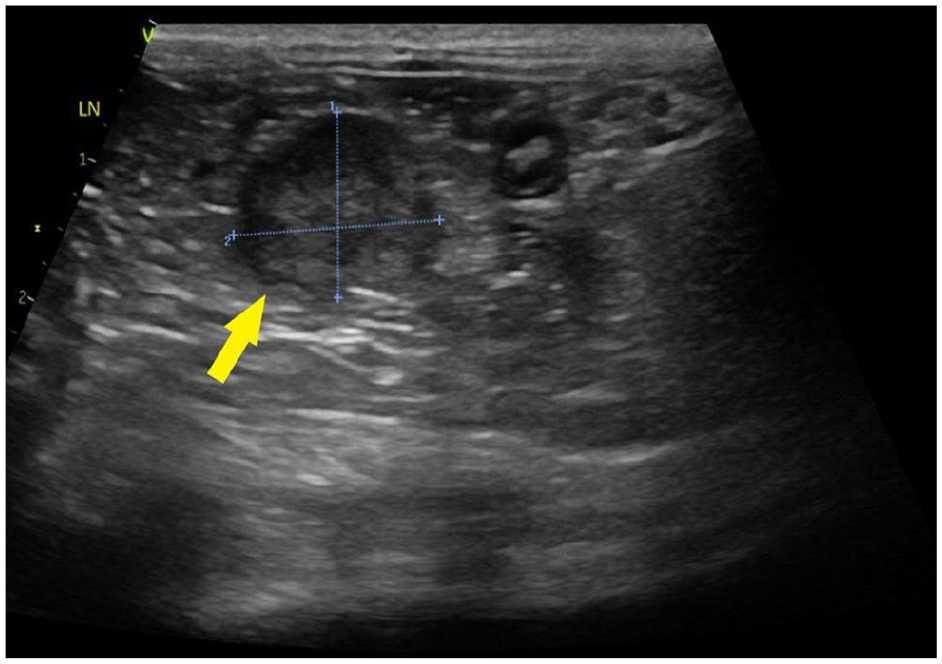
Suspected Pancreatic Carcinoma Needle Tract Seeding In A Cat
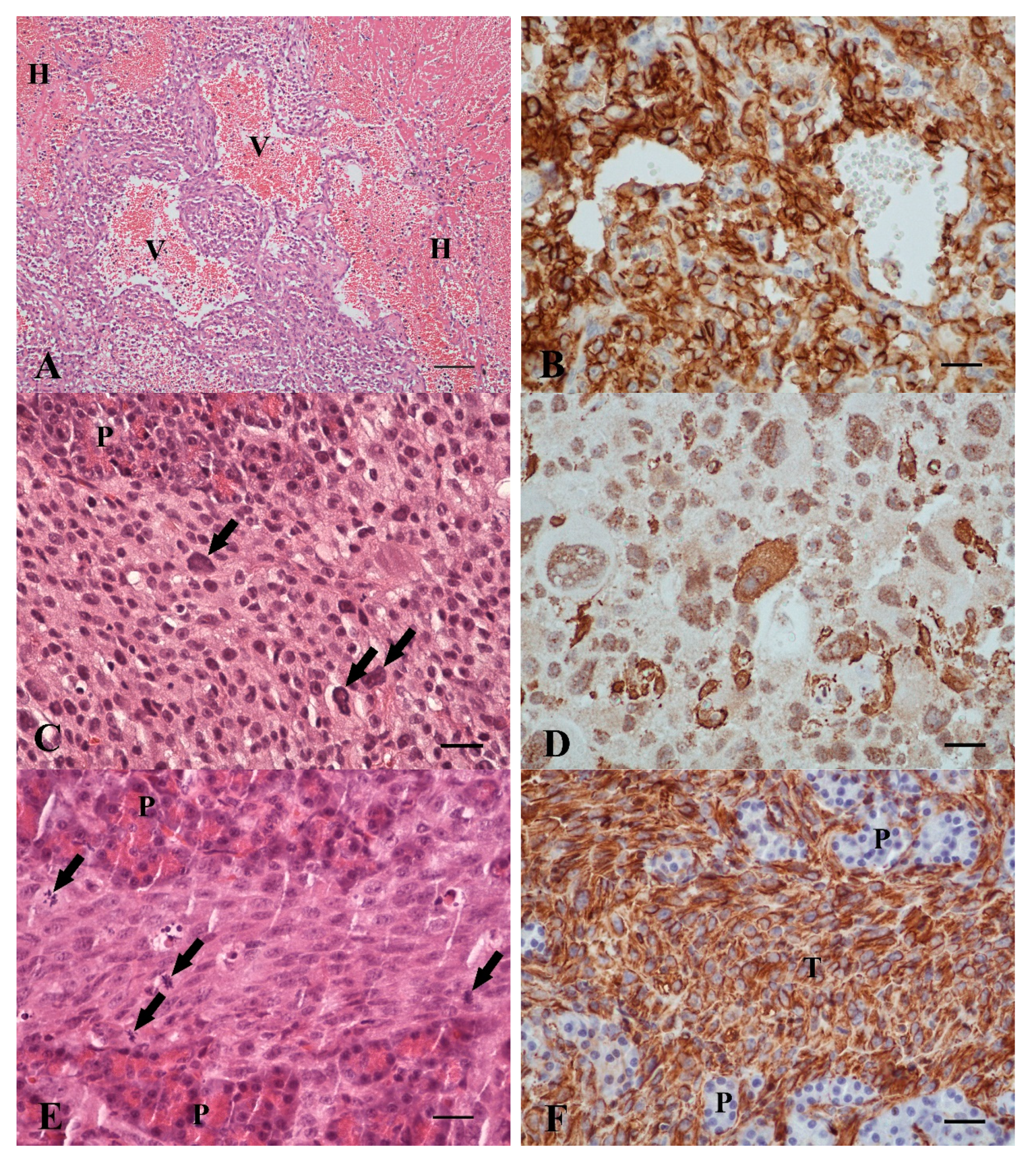
Veterinary Sciences Free Full Text Clinical And Pathological Data Of 17 Non Epithelial Pancreatic Tumors In Cats Html

Veterinary Sciences Free Full Text Clinical And Pathological Data Of 17 Non Epithelial Pancreatic Tumors In Cats Html

Small Animal Abdominal Ultrasonography Today S Veterinary Practice

Small Animal Abdominal Ultrasonography Today S Veterinary Practice

Suspected Pancreatic Carcinoma Needle Tract Seeding In A Cat

Pancreatic Cancer In Cats Signs Symptoms Canna Pet
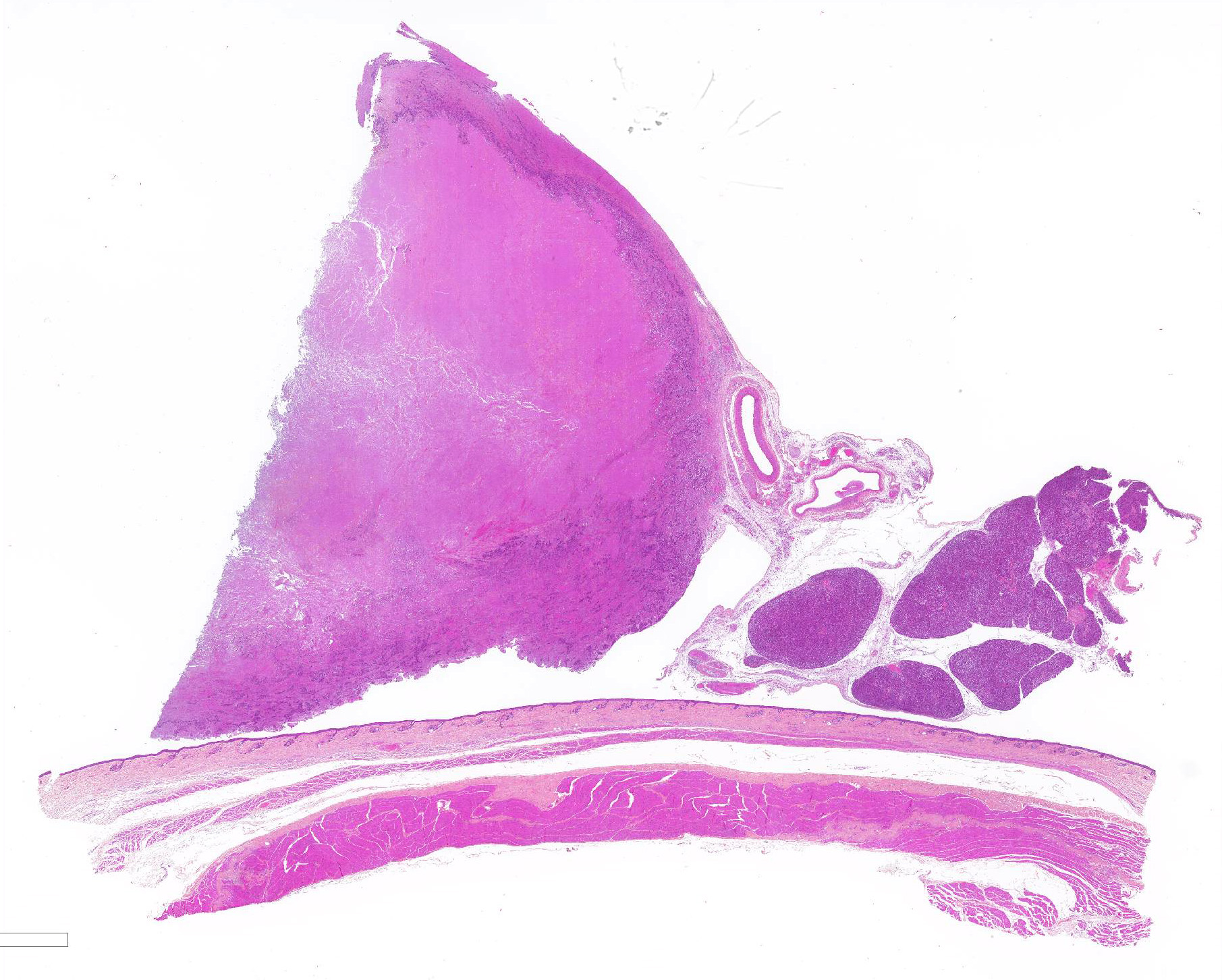
Conference 11 2019 Case 03 20191204
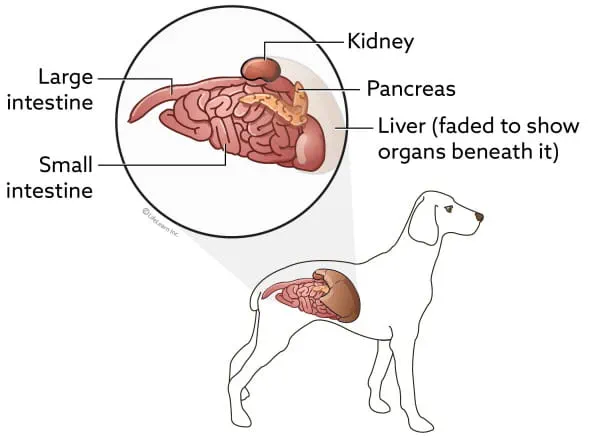
Neuroendocrine Tumors Carcinoids Vca Animal Hospitals
Pancreatitis In Cats A Silent Killer Animalbiome
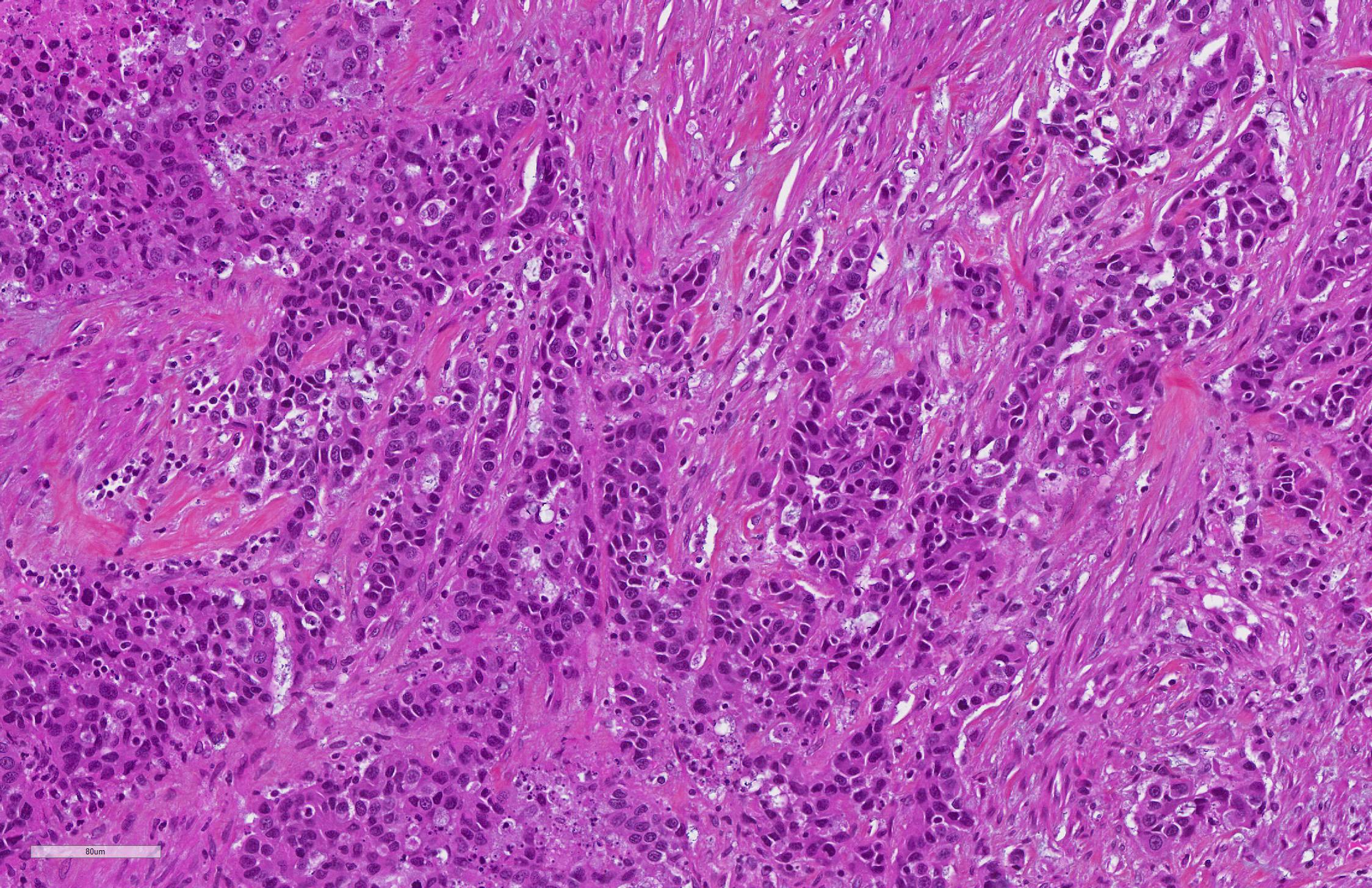
Conference 11 2019 Case 03 20191204

Pdf Feline Exocrine Pancreatic Carcinoma A Retrospective Study Of 34 Cases

Acvim Consensus Statement On Pancreatitis In Cats Forman 2021 Journal Of Veterinary Internal Medicine Wiley Online Library

